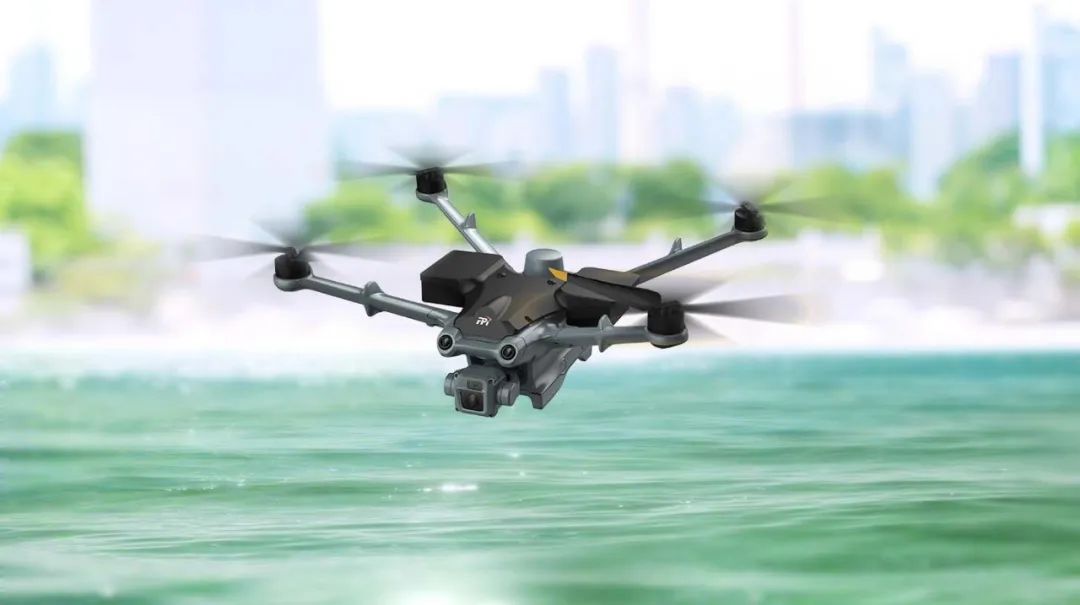Versatility and Innovations in Small Drone Technology
Small drones have revolutionized various industries through their versatility and technological innovations. Initially perceived as novelty gadgets, these compact unmanned aerial vehicles (UAVs) now serve critical roles ranging from surveillance, photography, environmental monitoring, to even delivering medical supplies in remote areas. Their lightweight design and advanced features enable users to access locations that were previously unreachable, thus offering unprecedented opportunities for data collection and analysis.
The Rise of Small Drones

Over the last decade, the adoption of small drones has surged due to technological advancements and decreasing costs. As battery life improves and functionalities expand, these drones become more accessible to both amateurs and professionals. Equipped with high-resolution cameras, sensors, and GPS systems, small drones are indispensable tools for photographers and videographers, allowing them to capture breathtaking aerial shots and footage with ease.
Types and Uses
From quadcopters to fixed-wing models, small drones come in various types, each suited for specific applications. Quadcopters are popular for their stability and maneuverability, making them ideal for monitoring wildlife or surveying landscapes. Fixed-wing drones, on the other hand, cover more ground efficiently, perfect for agricultural inspections or mapping large areas.
Challenges and Opportunities
Despite the benefits, the proliferation of small drone technology introduces challenges, particularly around regulations and privacy concerns. As governments worldwide enact laws to manage drone usage, manufacturers strive to balance innovation with compliance. There exists a remarkable opportunity for drone companies to lead the way in developing ethical guidelines and technologies that safeguard privacy while maximizing potential.